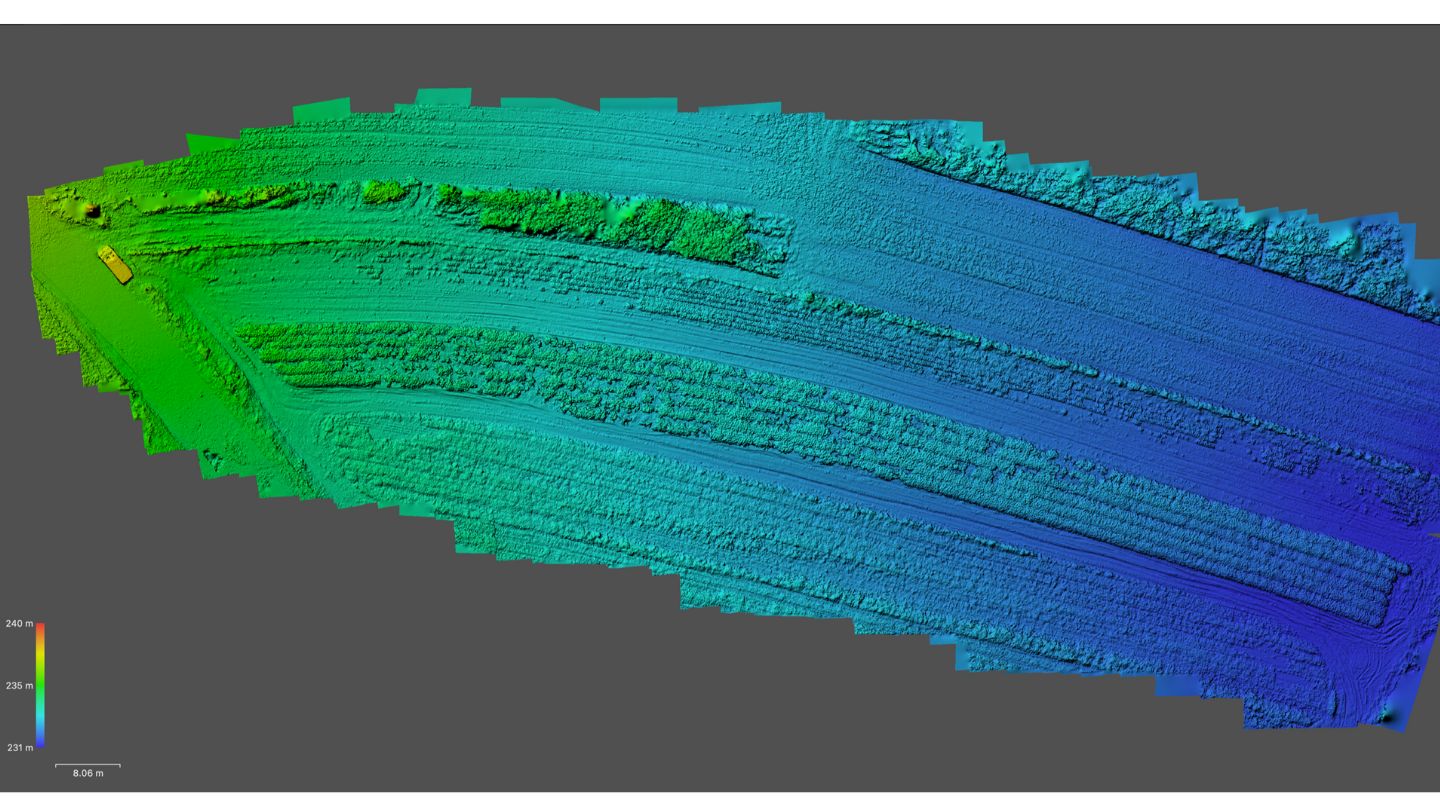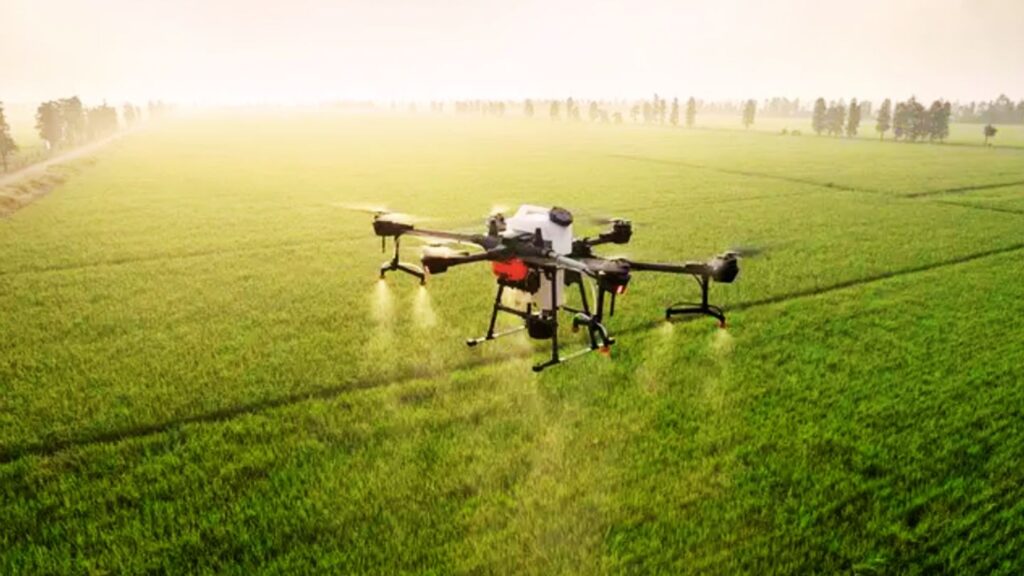SERVICES FOR PRECISION FARMING

Remote sensing from an unmanned aerial vehicle (BSL) is becoming increasingly important for analyzing the condition of crop plants. Mainly due to the high-resolution images obtained at low altitudes and much less dependence on weather conditions relative to satellite measurements.
In photogrammetric raids performed periodically with RGB, multispectral or thermal sensors installed, we obtain data to generate orthophotoplans of the situation, a Digital terrain model and index maps.
Vegetation indices are used to assess the condition of a crop, its state of development, forecast yields and biomass potential as well as help monitor soil health.
Indicator maps allow:
Application maps are derived from indicator maps. Based on the intensity distribution of the selected vegetation index, specialized software calculates the suggested (relative) dosage level of fertilizers and crop protection products.
By using algorithms to analyze vegetation indices and calculate application rates, the farmer is able to:


High-resolution digital surface models (Digital Terrain Models) make it possible to analyze landforms for cultivation and and other geophysical features of an area.
Land relief indirectly affects such elements of the natural environment as soils, water and climatic conditions. In turn, it directly affects the organization of agricultural production by influencing the degree of difficulty of tillage, or the intensity of soil erosion. Slope gradients condition the intensity of erosion processes, limit agrotechnical treatments and transport, differentiate agro-ecological conditions, and influence the occurrence of specific soil and agricultural complexes.
DTM/DSM analysis of a given agricultural area allows:
Damage estimation
Damage estimation...

Precision aerial applications - service in the pipeline.

We carry out all raids with equipment with RTK modules installed, allowing the algorithms of specialized photogrammetric software to calculate the precise centers of projections of images taken during UAV operation. Positioning accuracy - depending on the location and ion- and troposphere interference reaches centimeter values.
In addition - depending on the type of order and area - we use the local reference grid established by our team - the so-called photopoints. Each photopoint is precisely measured with hand-held GPS/RTK receivers and forms part of the reference grid for subsequent photogrammetric data processing.
All point clouds, orthophotoplans, DTM/DSMs and 3D models therefore have a mapping quality that allows measurements and digital inspections to be made without the need for cumbersome local visits.
OTHER INDUSTRIES:
